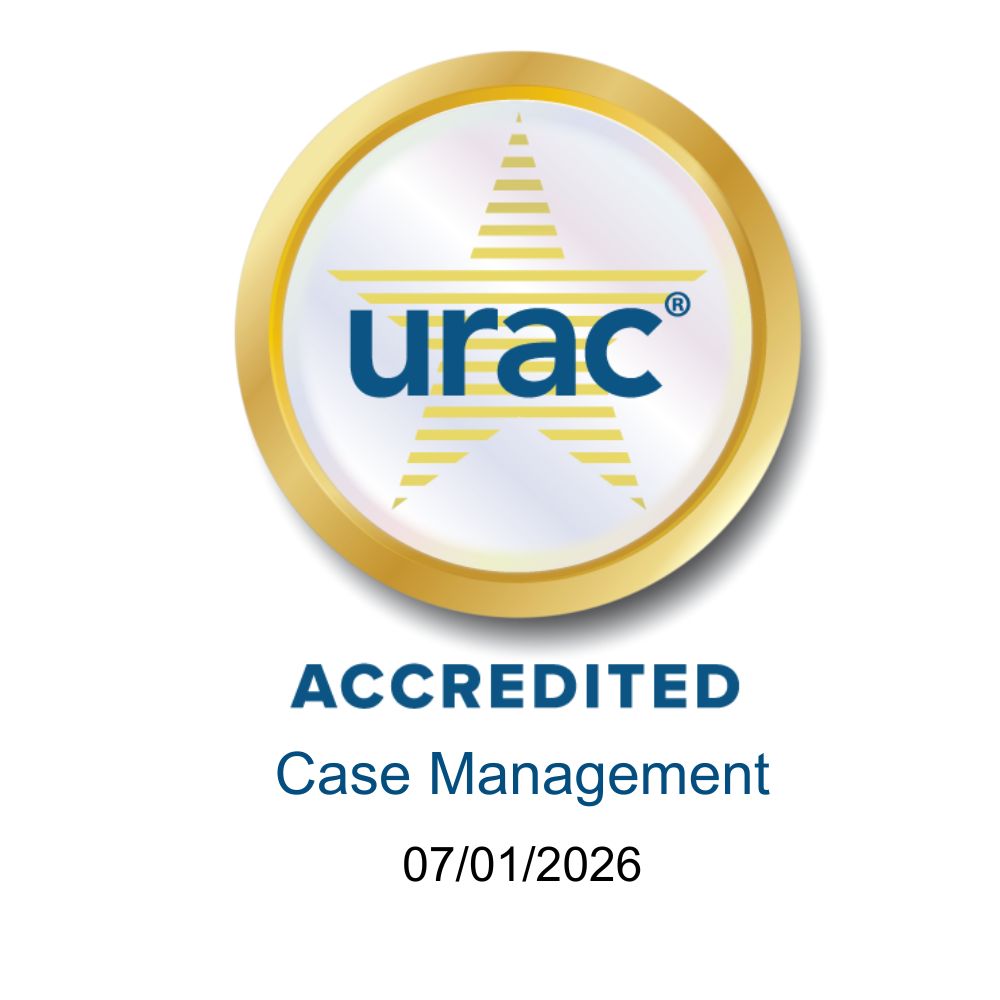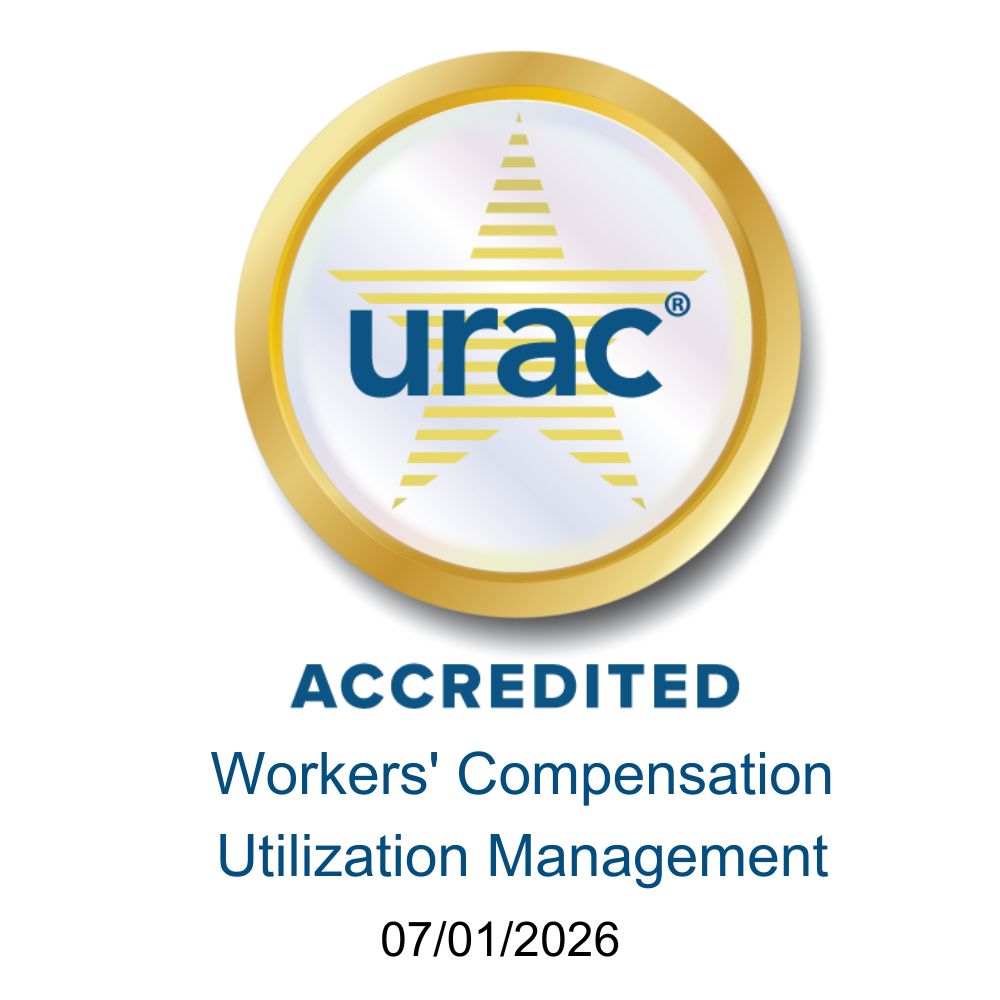The year was 1998. We all learned that Celine Dion’s heart would go on and Aerosmith didn’t want to miss a thing. Windows were no longer just something you look out of. The search engine took shape and “googling” was a new catchphrase, while Apple unveiled the first iMac for private in-home use.
Just 25 short years ago, pop culture and technology were not the only things about to take on exponential growth and change. It was also the year when a strong female entrepreneur would enter the scene of workers’ compensation with the goal of transforming case management. Little did she know that she would soon want to transform the entire industry.
“Upon diving into the world of workers’ compensation, I swiftly observed various challenges regarding escalating costs that were not advancing the care of the injured worker,” said Eunhee Kim, EK Health Services’ CEO and founder. “There was deep overutilization or misuse of medical resources and improper treatments being recommended by physicians. With very little medical data to utilize for establishing effective treatments, decisions of medical necessity were often based solely on the individual doctor’s opinion.”
“I SWIFTLY OBSERVED VARIOUS CHALLENGES REGARDING ESCALATING COSTS THAT WERE NOT ADVANCING THE CARE OF THE INJURED WORKER.”
Years of misuse eventually led to reforms, such as California’s SB 899 in 2004, which had sweeping effects on all parties involved in a claim. This bill required all California employers to have utilization review in place, and guidelines were enforced to ensure proper treatment practices. Kim continued: “This was an earthshaking change. We quickly gathered the software engineers and utilization review experts to develop a system for adaptation. It was challenging yet incredibly rewarding to observe what a disciplined, focused approach could accomplish, particularly for the injured worker, in expediting treatment once red tape was removed.” Prompt awareness and early flexibility became critical to responding with streamlined, purposeful processes.
Following this change, it quickly became evident that leakage between the utilization review and medical bill payment process led to a disjointed system and unnecessary costs. Kim added, “As an active case manager, I learned of inefficiencies throughout the process. The issues were complex, but the answers were simple. Having technology that could pay bills fairly and accurately, enforce front-end decisions and communicate properly with providers was paramount. For this reason, EK Health once again evolved, becoming a well-oiled bill management organization.”
However, it wasn’t enough to simply pay providers swiftly; it was also imperative to identify and promote quality doctors within workers’ compensation. Rewarding providers with fair and reasonable reimbursement practices created long-term relationships and resulted in effective outcome-based networks. When providers were accurately and promptly compensated, the process became less cumbersome and the care for the injured worker began to improve.
The changes to workers’ compensation over the past 25 years have been numerous. Thought leaders have risen to provide powerful insights for industry change, collaboration has become normalized, medical data has continually expanded and regulatory members have worked tirelessly to make impactful improvements. With this type of transformation, adjusters, providers and clients now have more information available for educated decision-making.
Given that predictions for the next 25 years include a world population of 9.8 billion people, 90% of global car sales becoming autonomous vehicles and the average person being connected to 25 electronic devices, what should be the biggest hope for the workers’ compensation industry as we move forward?
To learn more about EK Health’s 25 years of legacy in the industry, contact Zebrah L. Jahnke, Vice President of Business Development, at zjahnke@ekhealth.com or visit our website at ekhealth.com.





